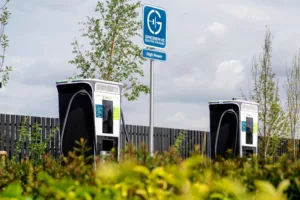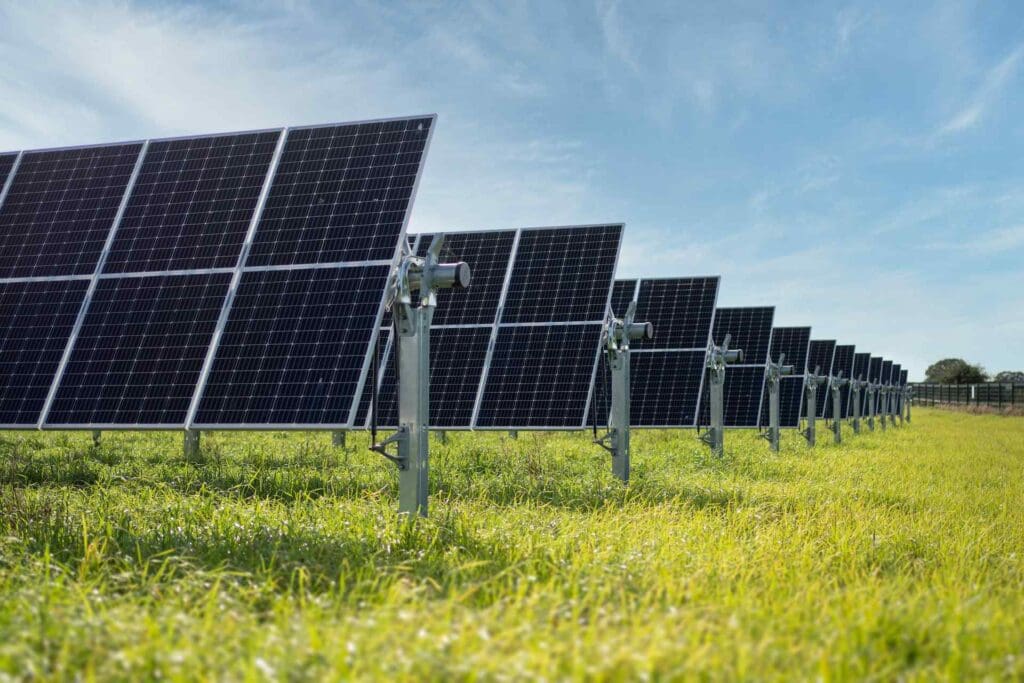

The evidence is clear: if we want to maintain an optimal environment in which humans can comfortably eat, sleep, breathe and watch Netflix, we need to stop burning stuff. The good news is that there is a brilliant non-greenhouse-gas-making energy source and it’s called solar. Well, there’s also onshore and offshore wind, which are pretty awesome. And there’s hydropower and ocean energy…. OK there are lots of renewable energy alternatives to fossil fuels, but solar is what we know.
Here are six reasons to be excited by the potential of solar energy.
1. Solar energy is endlessly renewable
Our neighbourhood yellow dwarf star that we know as ‘the sun’ has been around for about 4.6 billion years and it’s not even reached middle age. Yellow dwarf stars are good news for humanity because, in addition to having a longer shelf life than a slice of American cheese, their heat, light and size change slowly and predictably. This makes it an abundant and endlessly renewable energy source that we could, theoretically, use to power everything. Admittedly, we’d need more than 50 billion 350W solar panels across an area the size of Italy1 to cover the world’s energy needs, but who doesn’t like a challenge?
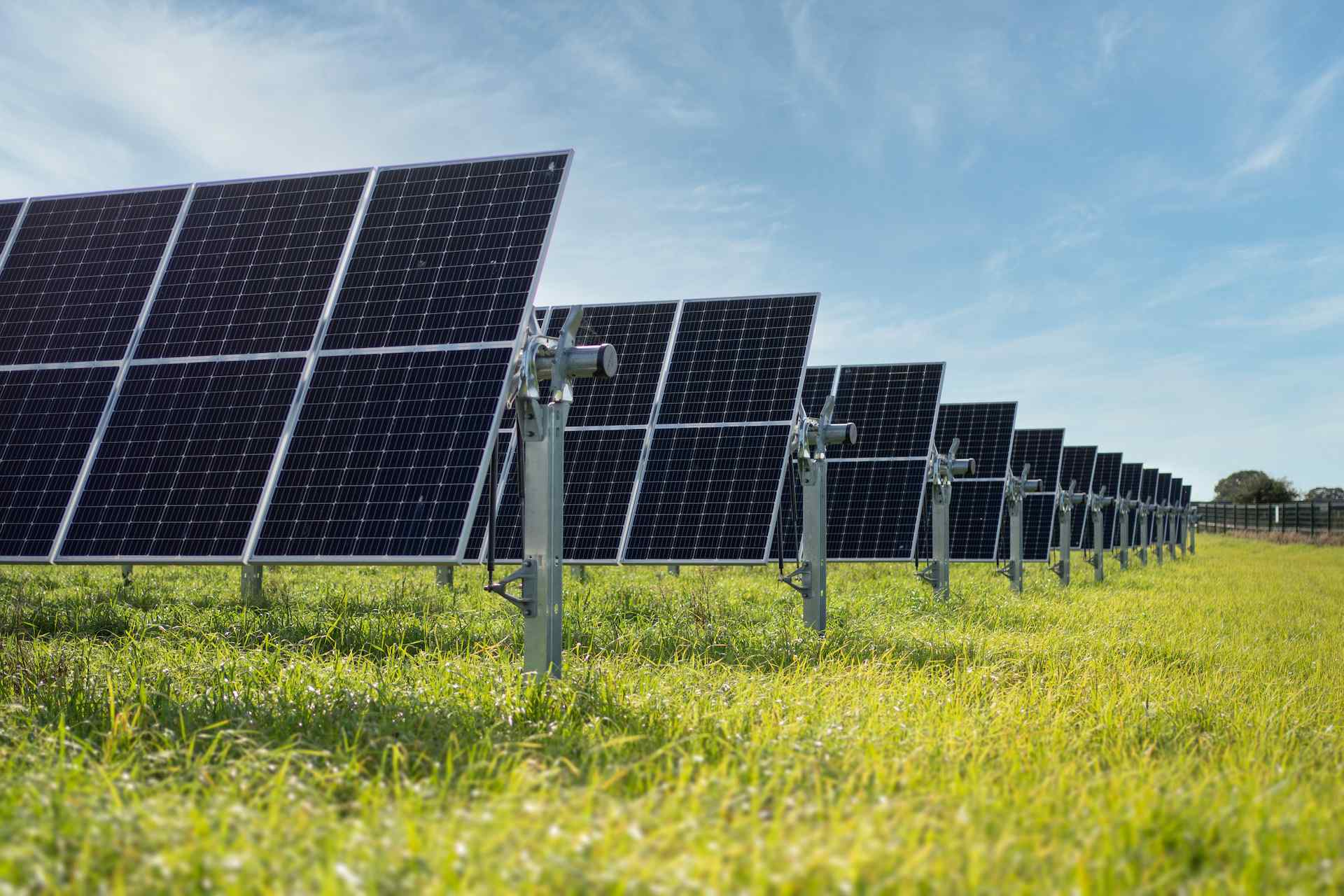
2. Solar energy is accessible everywhere
Solar power is accessible in towns, cities and rural areas across the globe. Sure, the efficiency of solar energy creation will vary depending on the levels of sunshine and the season in play, but our hybrid solar farms in York, Hull, Clayhill and Cirencester are fully-functioning proof that solar radiation can still pass through a cloudy British day and create bundles of energy. And we’re not alone; the UK is now home to just under 500 solar farms providing 11.6 GW a year2, showing that even a damp climate like ours can benefit significantly from solar energy.
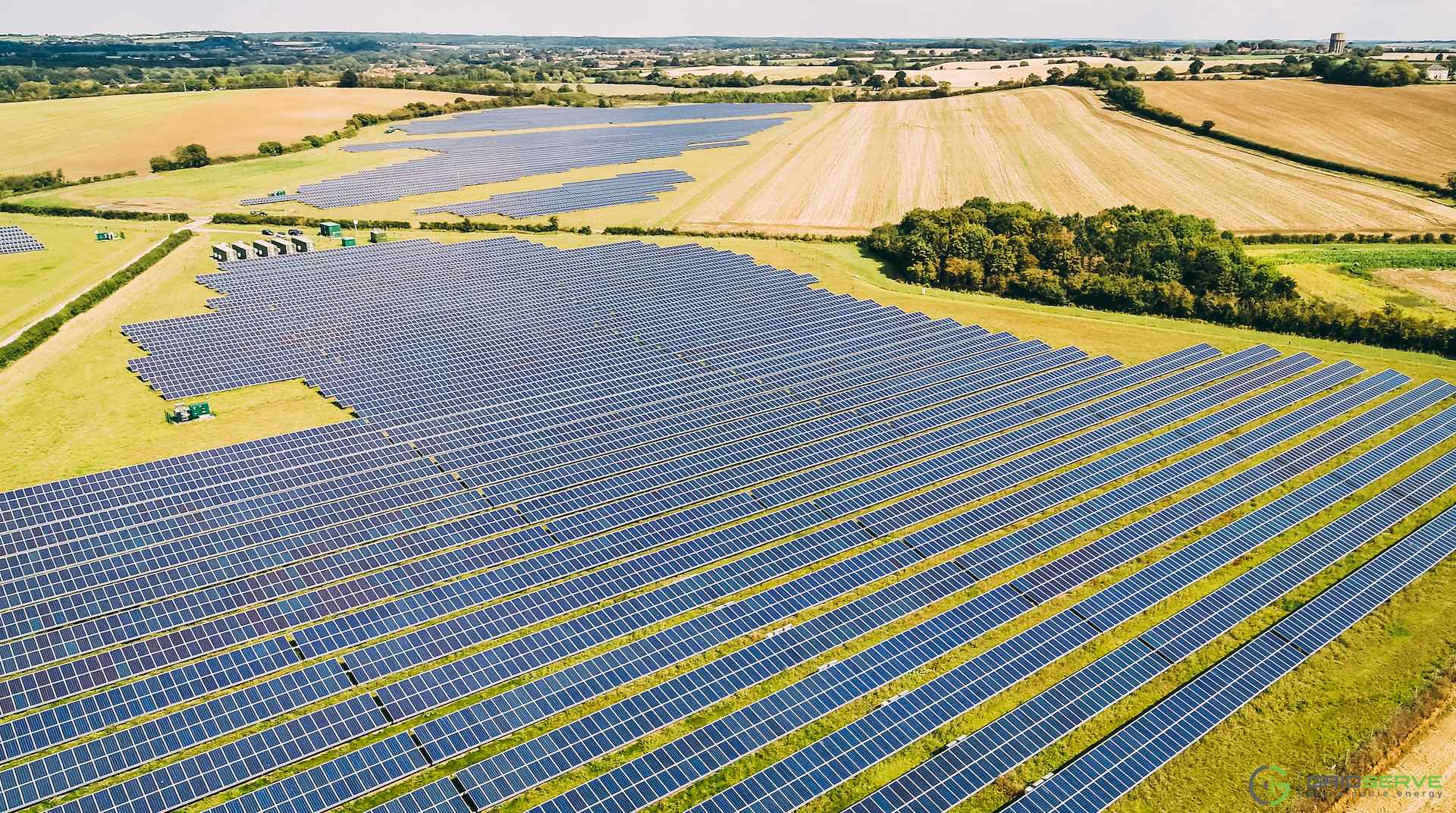
3. Solar energy is affordable
Solar photovoltaic (PV) electricity generation originally dates back to the 1950s, but in the early days, it was so expensive that it was only considered for epic endeavours like powering satellites. Yet as research has continued, prices for the technology have declined and more commercial applications have become feasible, which has helped drive economies of scale. And so the feedback loop has continued to present day. Learning curves is the term used to describe the regular patterns of declining costs in new technologies, and solar has been on one heck of a steep learning curve. Within the past 40 years, the price per watt of a solar cell has declined by 99.6%3.

4. Solar creates energy when it is most needed
Solar creates the most energy in the middle of the day when the sun is at its highest and most powerful. Coincidentally, this is also when most EV charging takes place along the GRIDSERVE Electric Highway. This positive correlation helps to reduce the requirement of the grid during peak times, allowing a greater share of our energy mix to be zero carbon. Thanks to battery storage technology, this sustainable energy source can even be deployed when the sun isn’t shining.
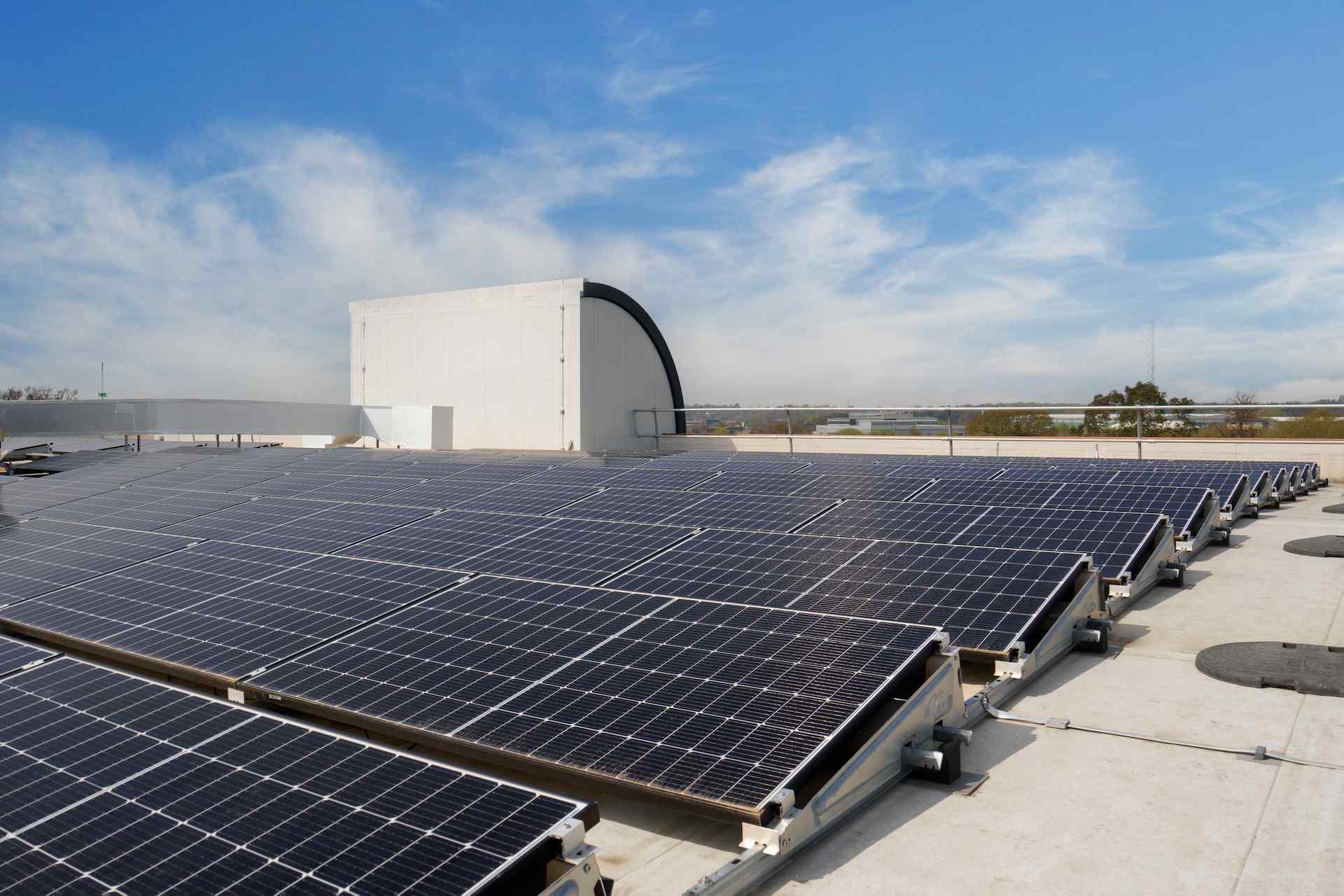
5. Solar farms are (relatively) quick to install and have low maintenance costs
A hybrid solar farm is a capital-intensive venture, but the installation can take months rather than several years. Our York Solar Farm, for example, was built in just six months and that included developing a nature sanctuary. From herein, the ‘fuel’ is free, maintenance costs are marginal and studies have shown that modern solar panels have an expected life span of 40-50 years4. How do you like those panels in your ROI balance sheet? Occasionally, rogue individual parts will need replacing, but the majority of operations and maintenance will concern the motorized tracking systems and the cleaning of the solar panels to retain a high degree of efficiency.
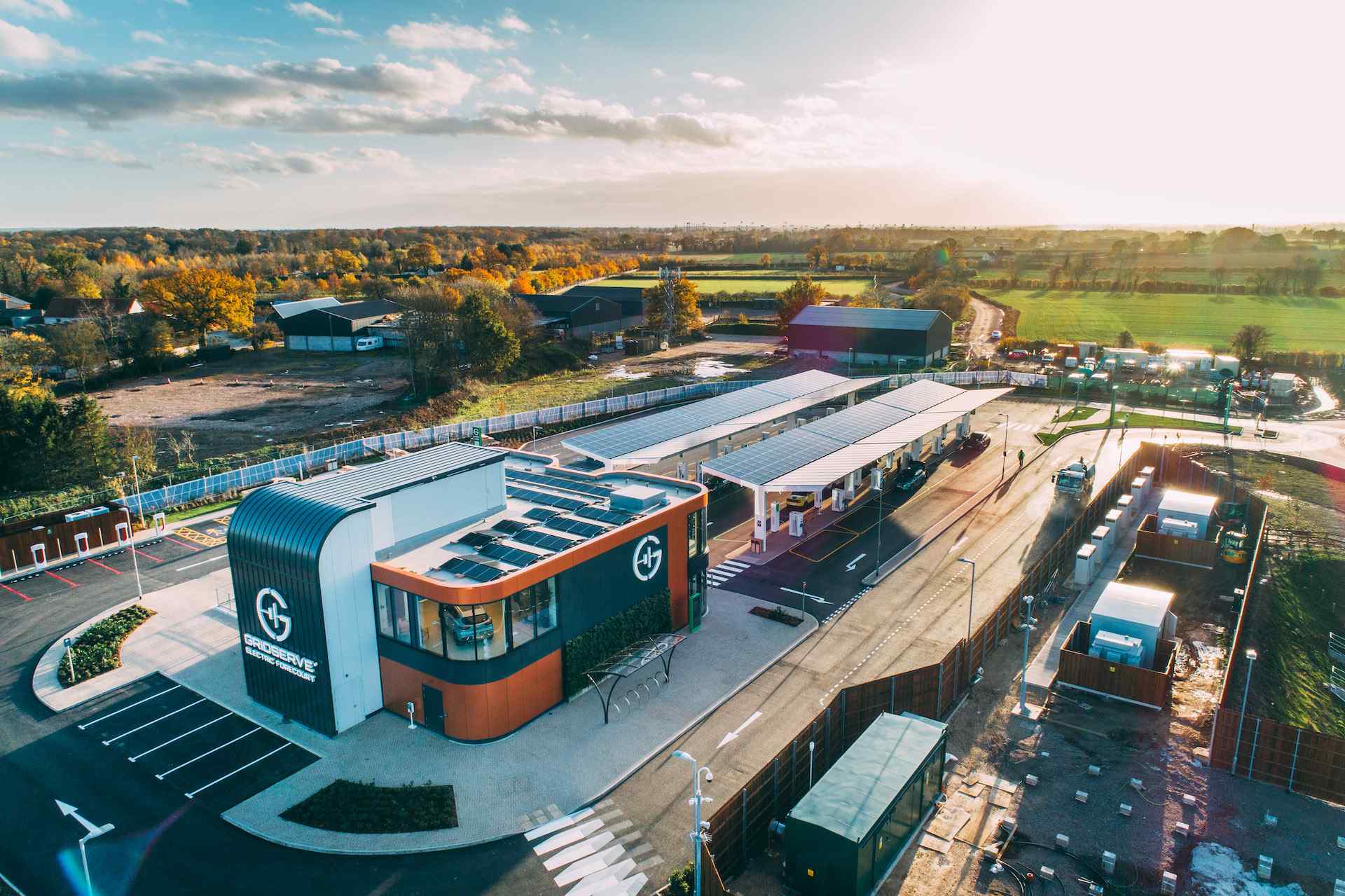
6. Solar power has a minimal impact on the environment
As methods of energy creation go, solar power is clean on the conscience, with no burning, little water usage and no impact to air quality. Further, the land around the solar panels can be returned to its natural state and support net gains in biodiversity. The main impact of photovoltaics concern the extraction process of the materials used to make the panels, but this can be negated with a transparent supply chain and a robust recycling procedure at the end of life. Although given the lifespan of a modern solar panel, we may be waiting some time…
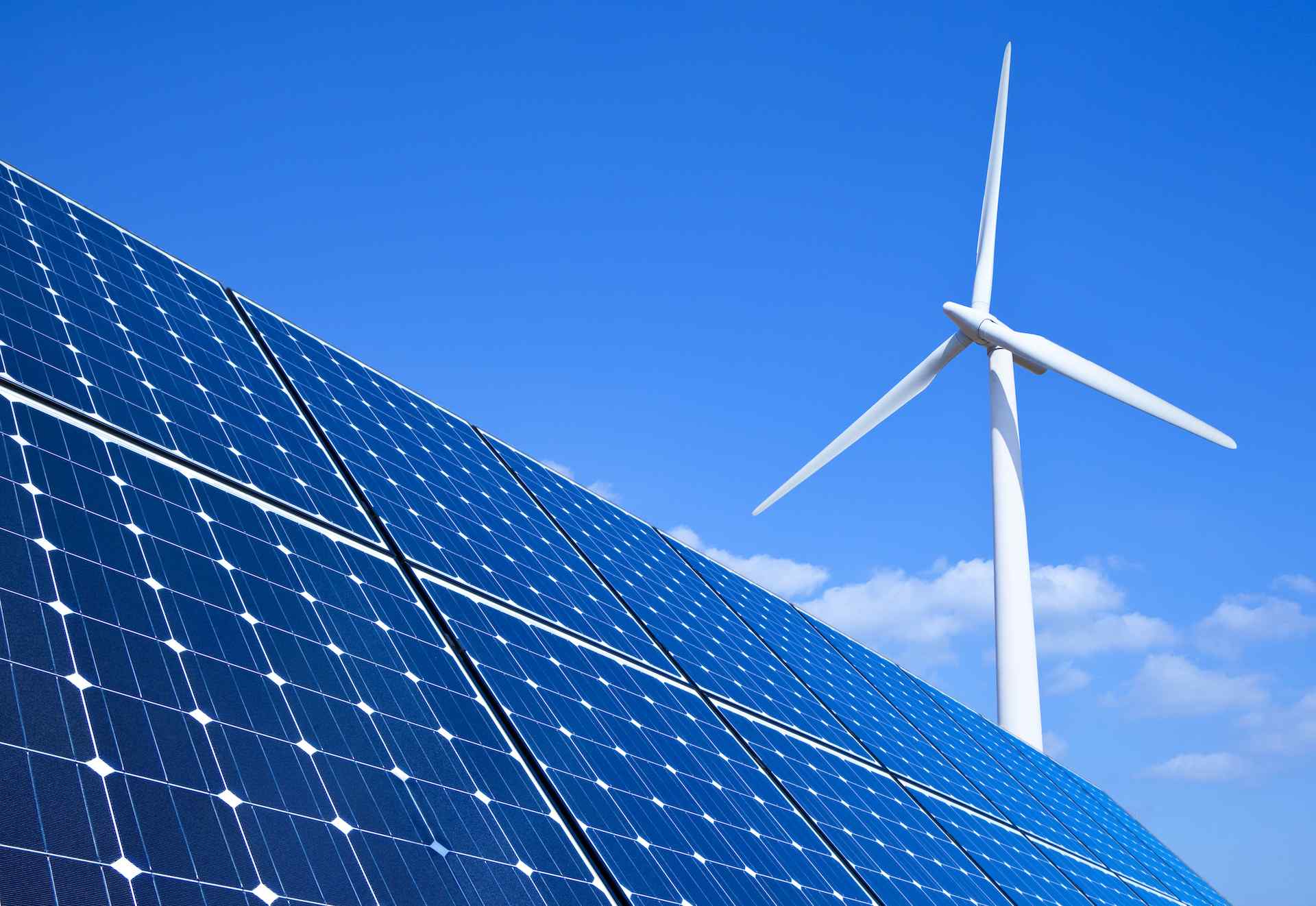
References:
1. https://www.axionpower.com/knowledge/power-world-with-solar/
2. https://www.deegesolar.co.uk/uks_biggest_solar_farms/
3. https://cleantechnica.com/2014/09/04/solar-panel-cost-trends-10-charts/
4. https://www.renewableenergyhub.co.uk/main/solar-panels/


